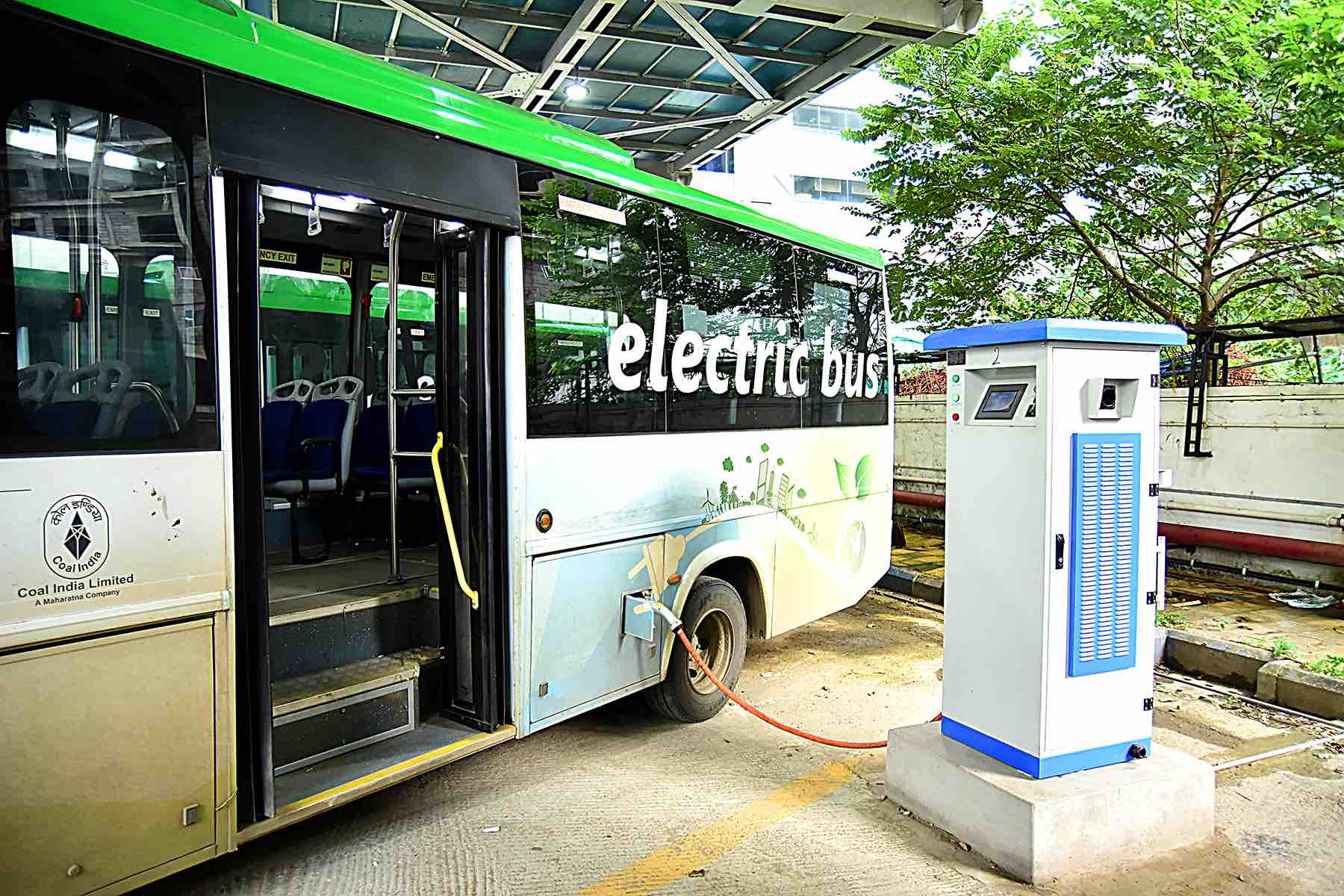Empowering India's Electric Bus Revolution: The Role of Blended Finance
India's public transport electrification drive faces several formidable challenges. With approximately 93% of buses being private ownership, the imperative for scaling up operators to facilitate this electric shift is evident. One way to bridge the existing financing gap and enable this is to allocate electric buses to provide loans to priority sectors. But there is another viable solution: mixed financing. Blended finance refers to the strategic use of philanthropic and commercial capital to finance projects, leveraging the strengths of both sectors to address development challenges and maximize impact while mitigating risks.
In the case of electric buses, the upfront capital cost and the looming specter of battery replacements, constituting nearly 50% of the Total cost of ownership, cast a daunting shadow. The absence of viable financing models exacerbates this challenge, which operators have identified as the main obstacle to widespread adoption. From the financier's standpoint, this reluctance stems from the novelty of the technology and its limited acceptance to date. Uncertainties regarding battery life and replacement costs further compound the perceived risks, creating a formidable barrier.
Blended finance offers a compelling avenue by harnessing catalytic financing from public and philanthropic sources to galvanize additional private sector investment. This approach effectively mitigates risks, attracting private capital to areas where investment alone is considered too risky. Blended finance channels concessional capital, enabling operators to access financing at below-market rates.
This significantly reduces the cost of capital, easing the financial burden and enhancing affordability for operators, especially small and medium-sized businesses with limited resources.
Within this framework, bilateral and multilateral agencies, philanthropic organizations, and Corporate Social Responsibility (CSR) foundations can channel their resources through loans, equity or guarantees to support bus operators in deploying electric buses.
By offering funds at below-market rates, it is possible to significantly reduce the cost of capital, thereby facilitating access to financing for small and medium-sized operators, which constitute the majority of the bus sector in India.

Majority of bus operators in India are small players, with 90% of them owning less than five buses. The credit profiles of these small players are often inadequate, making them ineligible for traditional financing avenues. Lacking adequate collateral, they are reluctant to share their personal assets as mortgage collateral. Blended finance can not only provide capital but can also facilitate capacity building measures to improve the credit profiles of operators.
Through financial literacy programs, technical assistance, and mentoring initiatives, traders can improve their financial management skills, improve operational efficiency, and build credibility with lenders and investors.
While initiatives like Faster Adoption and Manufacturing of Electric Vehicles (FAME) and state-level incentives provide a critical starting point, their sporadic nature and lack of standardization limit their efficacy in driving widespread adoption. Although subsidies are necessary to begin the path of electrification, they are insufficient to achieve scale and contribute little to improving the solvency of operators. Unlike one-time grants, blended financing fosters a long-term, self-sustaining investment ecosystem.
By incentivizing private capital to enter the market, blended financing stimulates innovation, drives down costs and fosters competition, ultimately reducing dependence on government subsidies and ensuring the continued growth of the electric bus industry.
In previous rounds of Convergence Energy Services Limited (CESL) electric bus tenders, participation came mainly from original equipment manufacturers (OEMs). However, this model, although popular, has drawn criticism due to its inherent shortcomings. While OEMs excel in manufacturing, their strength does not necessarily extend to operations management. Evidence of this mismatch emerged during the fourth tender held in November 2023, where 3,825 buses were put up for sale, but failed to attract any bids. At the heart of the problem is the risk and cost burden disproportionately borne by OEMs within this framework.
With their involvement in these tenders, OEMs find themselves shouldering the entire gamut of challenges and financial implications, without commensurate incentives to increase production capacity. This disincentivizes expansion, stalling the potential growth of the electric bus sector.
To electrify India's two million buses, a paradigm shift is imperative. Beyond subsidies, capital injections are vital. Blended financing is emerging as an effective mechanism to drive operators towards scalability, enabling business expansion and eventual integration into the venture capital ecosystem. By infusing concessional capital, it is possible to design acceptable risk-return models that suit different financial partners, including private investors, thus improving the collaborative investment landscape. As this model gains more attention, it will have the potential to attract independent investment from other commercial entities, increasing its impact.
Also Read: New Maruti Suzuki Swift vs Baleno: Price, Specifications, and Features Compared